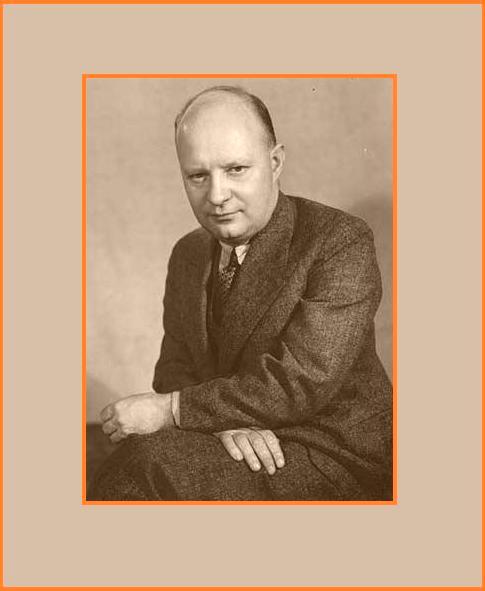

In 1922, some of his pieces were heard in the International Society for Contemporary Music festival at Salzburg, which first brought him to the attention of an international audience. In 1921 he founded the Amar Quartet, playing viola, and extensively toured Europe. He acted as concertmaster of the Frankfurter Museumsorchester from 1915 to 1923 and played in the Rebner string quartet from 1914 in which he played second violin, and later the viola. He entered the Hochsche Konservatorium in Frankfurt am Main where he studied conducting, composition and violin under Arnold Mendelssohn and Bernhard Sekles, supporting himself by playing in dance bands and musical-comedy outfits. Paul Hindemith was taught the violin as a child. The second fugue is based on an insistent repeated note from which the theme suddenly launches upward, while the jaunty ninth fugue juxtaposes an assertive grace note figure with a motive of four thirty-second notes.Paul Hindemith was a German composer, violist, violinist, teacher, music theorist and conductor. There is also a noteworthy resourcefulness in the fugues, a restrictive form that poses challenges in creating variety. The third, a scherzo, is a funny promenade with a prominent, cheeky Scotch snap the eighth is notable for its fast, chordal, hand-over-hand pianism the ninth is quiet and introspective, recalling the composer's works of mourning. The Interludes, virtually character pieces, are marked by individual, distinctive personalities. This introduction is also a bank of the work's thematic material, which Hindemith explores throughout with great inventiveness and facility. In the Praeludium Hindemith "signs in" with cascading toccata figurations, followed by a meditative arioso and a solemn conclusion of imposing chords over a bell-like descending figure in the bass. Framing the whole is a Praeludium and a Postludium in keeping with the playful suggestion of the title, the latter is a retrograde inversion of the former. While the fugues are entirely contrapuntal - often ingeniously so, as when Hindemith creates the effect of three-part polyphony with just two voices - the interludes are homophonic, taking harmony and variety of expression as their major concerns. The interludes also serve as a means of thematic modulation each propagates thematic "cells" that anticipate the material of the succeeding fugue. Ludus tonalis ("Tonal Games") is ingeniously arranged, its 12 fugues connected by interludes that modulate from the key of one fugue to that of the next. While a complete performance requires nearly an hour, none of individual parts is longer than four minutes. It is in effect, a veritable catalogue of the composer's mature style, expressed in lively, imaginative, compact vignettes. But Ludus tonalis ranges well beyond the stated intent of its heading, exploring matters of technique, theory, inspiration, and communication. Hindemith's subtitle for the work, "Studies in Counterpoint, Tonal Organization and Piano Playing," perhaps carries a deceptive connotation of dryness or academicism.
#Paul hindemith ludus tonalis professional#
In Ludus tonalis (1942) for solo piano, Hindemith wove together the varied strands of his professional and artistic life up to that point. Hindemith demonstrated his beliefs regarding the politico-ethical responsibilities of the composer when he chose to leave Nazi Germany at the end of the 1930s, eventually settling in the United States as a professor of music at Yale University.

Hindemith's "Gebrauchsmusik" ("utility music," a term the composer disliked), written to fill a need for high-quality music that could be performed by talented amateurs, was one manifestation of his concerns another was his interest in the teaching of music, as evidenced in his efforts toward the organization of music education in Turkey, at the behest of that country's government, in 1937. The role of the composer in modern society had been a concern for Hindemith even before he explored it dramatically in the operas Cardillac (1926) and Mathis der Maler (1938).


 0 kommentar(er)
0 kommentar(er)
